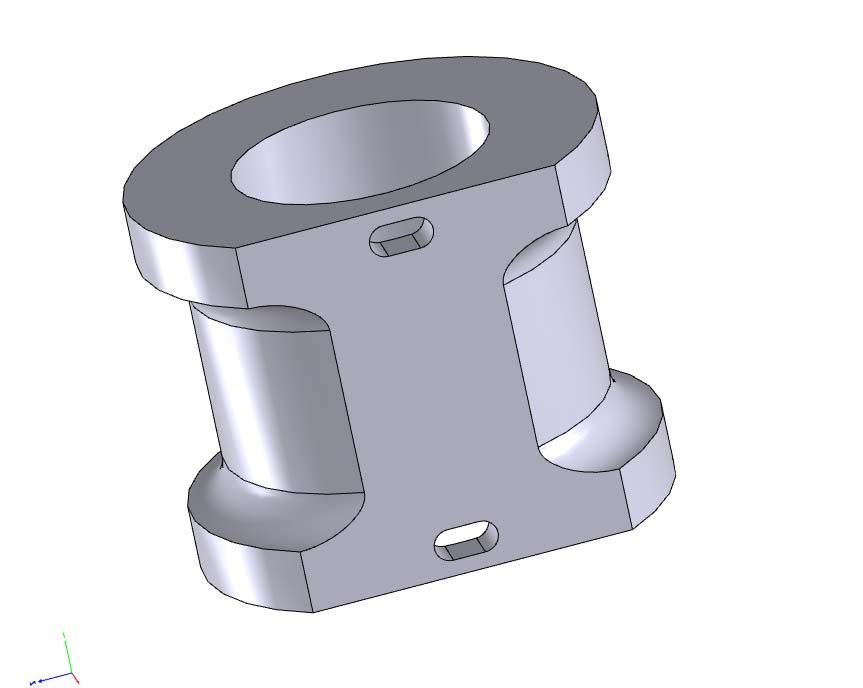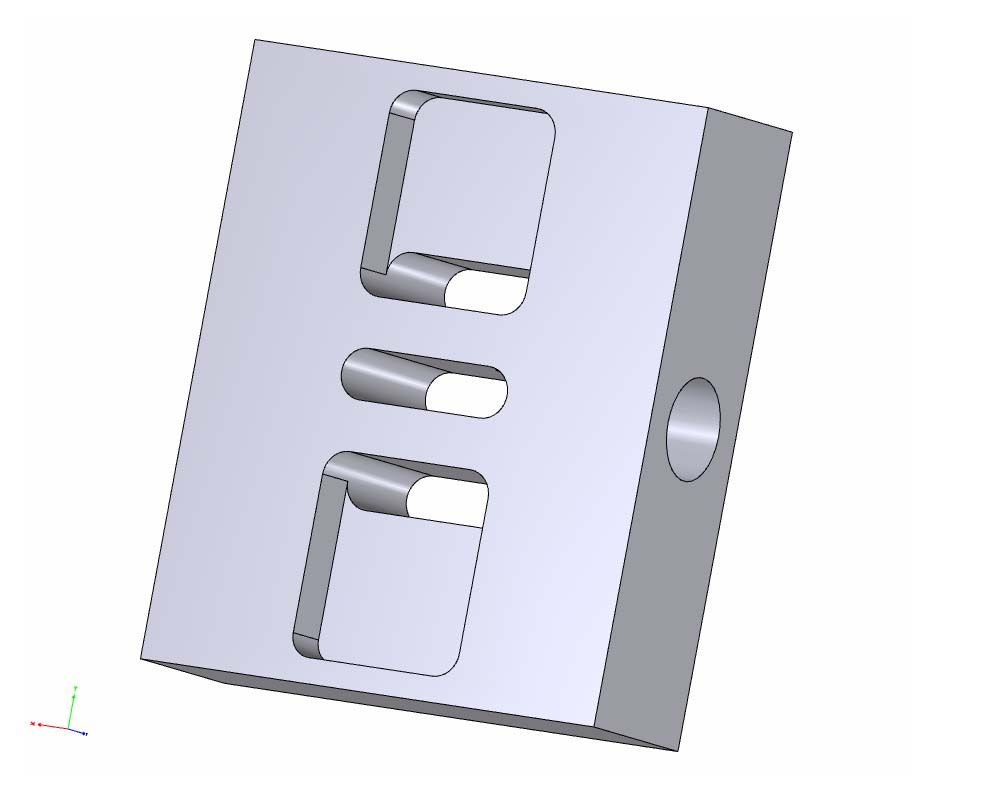Hullo Wolfie,
QUOTE: Hacksaw through 12 square inches?? eeeek UNQUOTE:
I’m very much a beginner myself myself when it comes to lathe work, but as you’ve already experienced, there are many people on this site who are not only very knowledgeable but who are delighted to help.
When it comes to hacksawing though, I DO have more than a bit of experience. While the above suggestions of bribing your way onto someone’s bandsaw, or fabricationg a cylinder are a good “way out” of your understandable dread of attacking a big lump of cast iron with a hacksaw, if circumstances do finally lead you in that direction, do NOT despair. Here are some tips:
1. Hacksaw blades are not all alike! Ideally, if you have already had some experience of sawing and can keep the hacksaw frame/blade combination reasonably square to the cut then you need 12 inch long HSS blades. Good brands to look for are Eclipse, Starrett, Sandvik – please NOT cheapo unmarked blades off a market stall, etc.
2. As you’ll be cutting a hefty chunk of metal, not thin sheet, then you need the coarsest blades you can get – i.e. 14 TPI (teeth per inch).
3. Make sure that you have a decent hacksaw frame which is capable of fully tensioning your blade without distorting. Again the above brands won’t let you down. BTW, the teeth have a distinct “slope” and this slope should be facing forwrd when mounted in the hacksaw frame.
4. If you haven’t done much hacksawing before you’ll probably have problems with “wandering” (we all of us do at the start) so instead of the “plain” HSS blades as per item 1 above, get “bi-metal” instead. Same brands, same 12 inch x 14 TPI, but with bi-metal blades you get the actual cutting teeth made of HSS (which is pretty brittle) then vacuum-welded to a much “softer” steel backing. This allows much more flex than a “plain” HSS blade will allow.
5. OK, we’ve now got the metal sucurely fastened in the vice, at a comfortable height (when standing against the vice the elbow of your bent arm should be able to rest on the top of the jaws), and having already marked the job we now need a couple of strokes with a triangular file as a start for the blade. The first stroke should be forward – i.e. start off somewhere in the middle of the blade.
6. SLOW & STEADY strokes are the answer (NOT bang, bang, bang, rapid jerking to & fro), and after that first cutting stroke, make sure that you use as much of the full 12 inch length of the blade as is possible.
7. It’s going to feel strange at first, but try VERY hard to always “push downwards on the forward (cutting) stroke and release virtually all your pressure on the reverse stroke. As I say, this is going to feel strange at first but stick with it – it’s a knack that is well worth learning and it soon comes. IMHO it’s the real “secret” to efficient hand sawing (in both metal and wood BTW).
8. Most important is not to look at this “huge” lump of meatl and think “Oh my Gawd, this is going to take weeks”. Apply all the above and I promise you you’ll be making cuts through your cast iron in minutes, NOT hours!
Wolfie, I do hope the above is not teaching Granny to suck eggs.
All the best with it.
AES
Ian S C.









